The Declaration of Independence, written, approved, and signed in 1776, is symbolic of America’s core values that still resound today, such as the ideal of all men being born equal and with unalienable rights. The Fourth of July, Independence Day, serves as a reminder of how far the independent nation has come from its roots as economically disadvantaged colonies under British rule, the shared values that ought to unite instead of divide, and the collective cry for freedom that came from the hearts of a people.
Although it is celebrated every year, some may not know the details surrounding the signing of the Declaration of Independence, which was not on July 4 but on August 2. July 4 was the day Congress adopted the Declaration. Even John Adams, part of the Committee of Five who drafted the Declaration, assumed the date to be celebrated for generations to come would be July 2, the day when the vote was decided in favor of the legal act of separation, not July 4, when, after discussing the text for almost two days, Congress approved it and soon after ordered it to be printed.
“I am apt to believe that it will be celebrated by succeeding generations as the great anniversary Festival,” Adams wrote to his wife, Abigail, “It ought to be commemorated, as the day of deliverance, by solemn acts of devotion to God Almighty. It ought to be solemnized with pomp and parade, with shows, games, sports, guns, bells, bonfires, and illuminations, from one end of this continent to the other, from this time forward, forevermore.”
Adams was not wholly wrong. The festivities remain to this day. Only on July 4.
So, on August 2, where did the founders meet to sign the Declaration?
Meeting up at a central location
To be clear, not everyone signed the Declaration on August 2, 1776, but most did. The first signature was that of the President of the Congress, John Hancock, at the Pennsylvania State House, now known as Independence Hall. It is suspected that a few of the 56 signatures were added after the fact.
Among the 13 colonies, Philadelphia was a central and practical location for the delegates. At the time, the city was considered to be one of the safest and a hub for various social activities with adequate facilities for such historically significant actions to be taken. It was also an already established meeting place for the First and Second Continental Congress.
The signing of the Declaration was, in great part, an unmistakable act of courage from those who put down their signatures, as this was considered a treasonous act against the British Crown and punishable by death. The names were made known to the public early the next year, in January 1777 (via National Geographic).

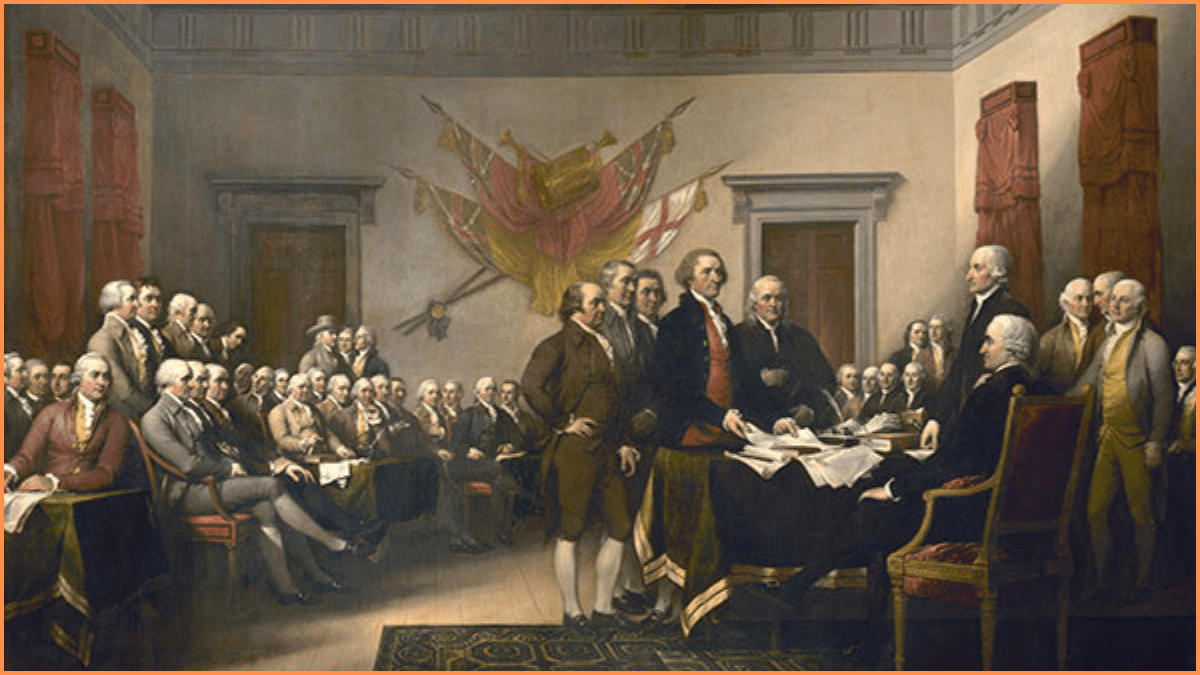
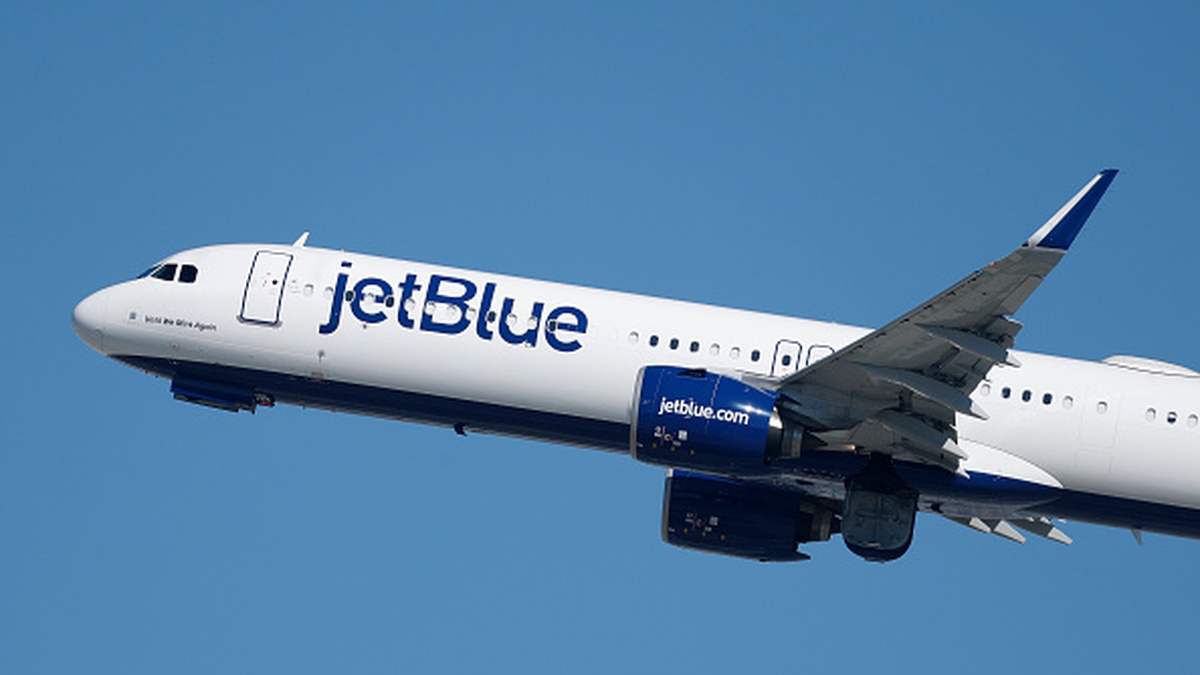


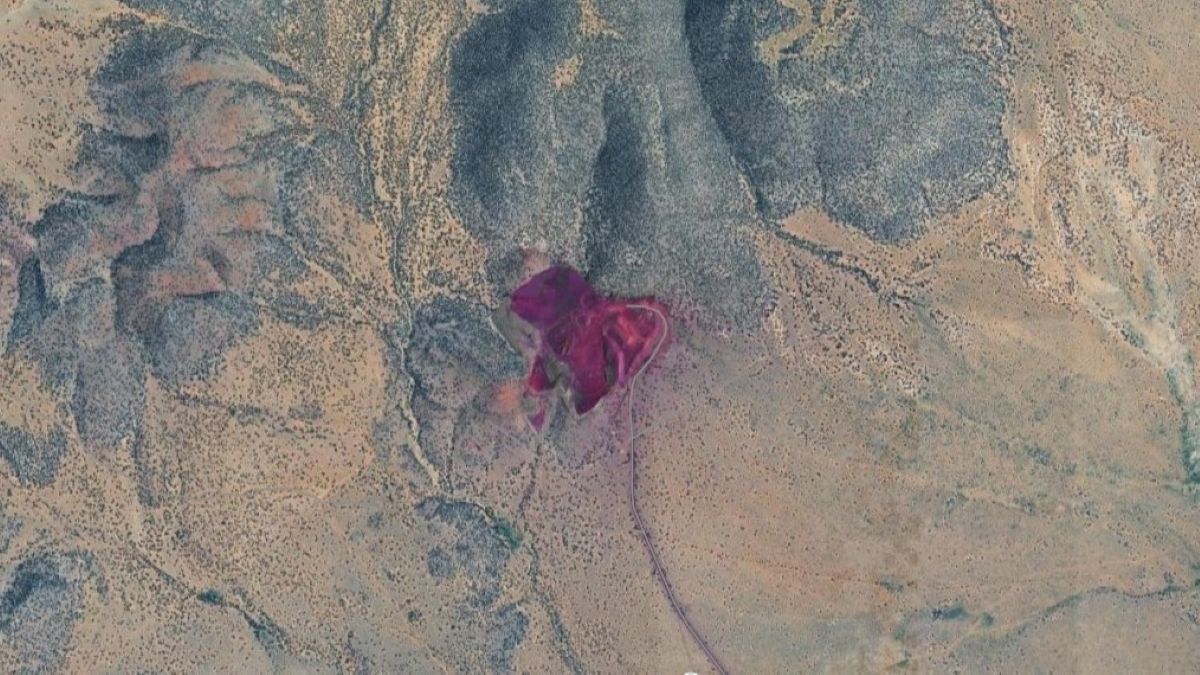
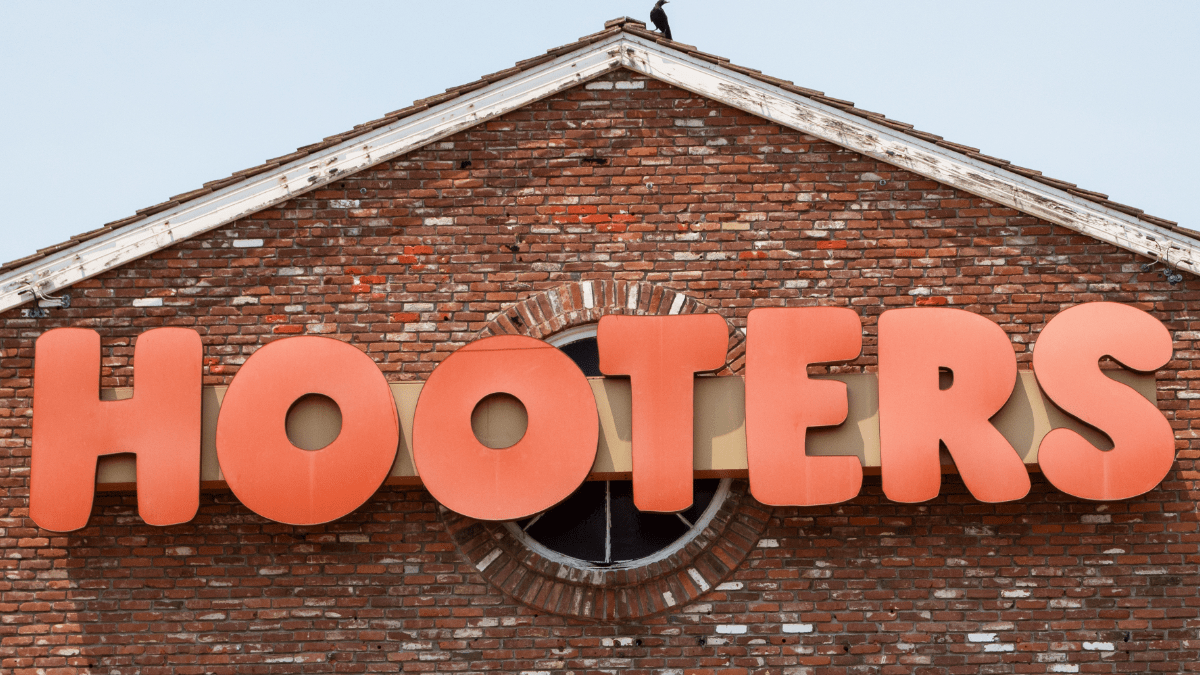


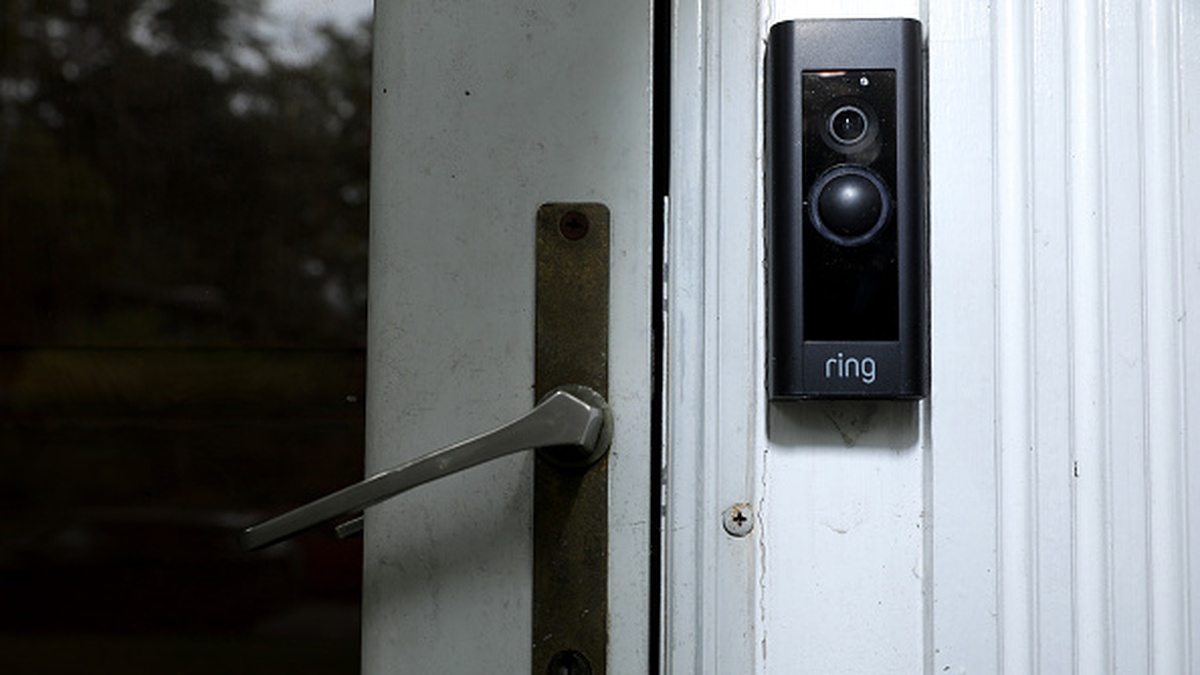

Published: Jul 4, 2024 11:56 am